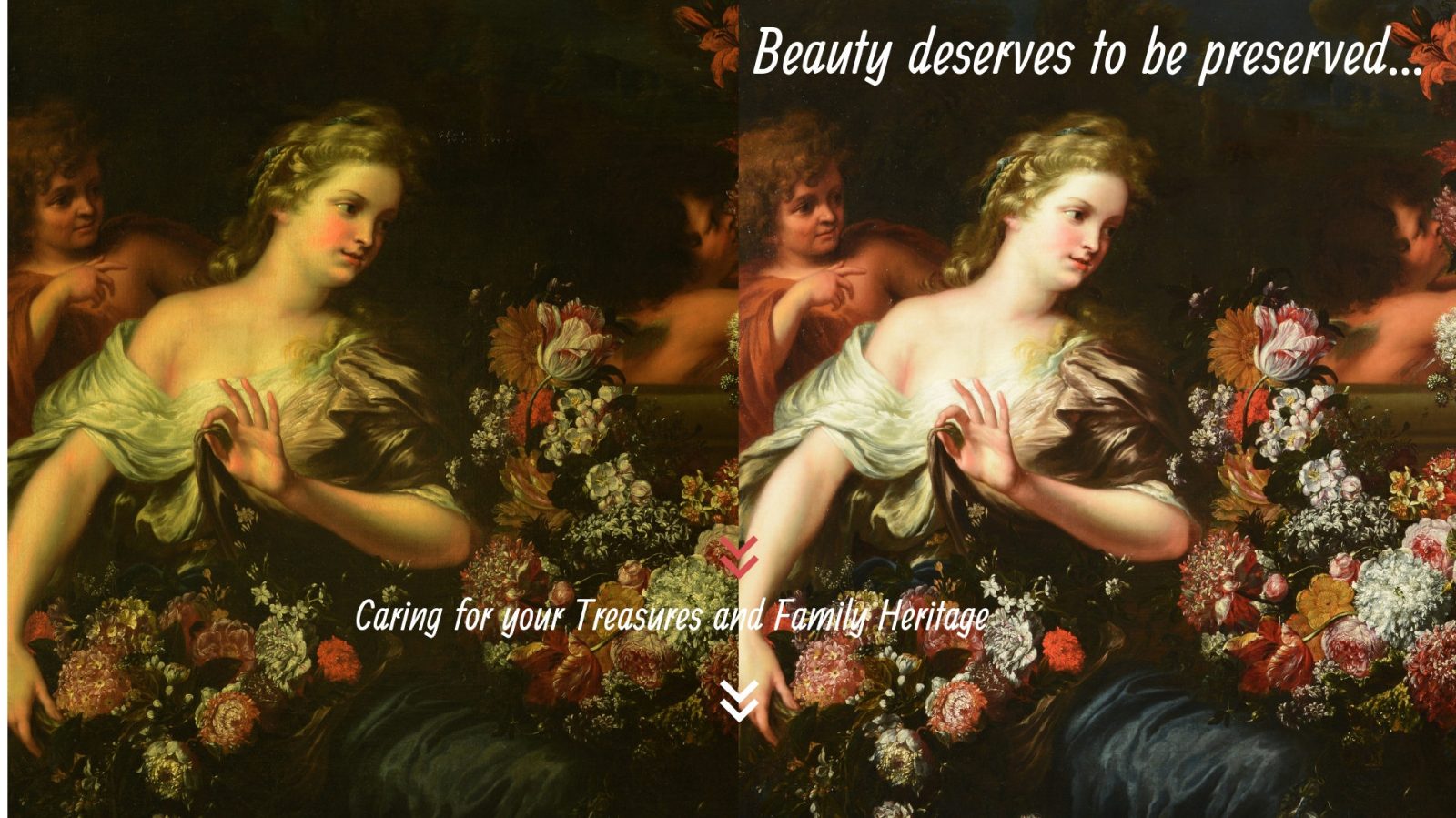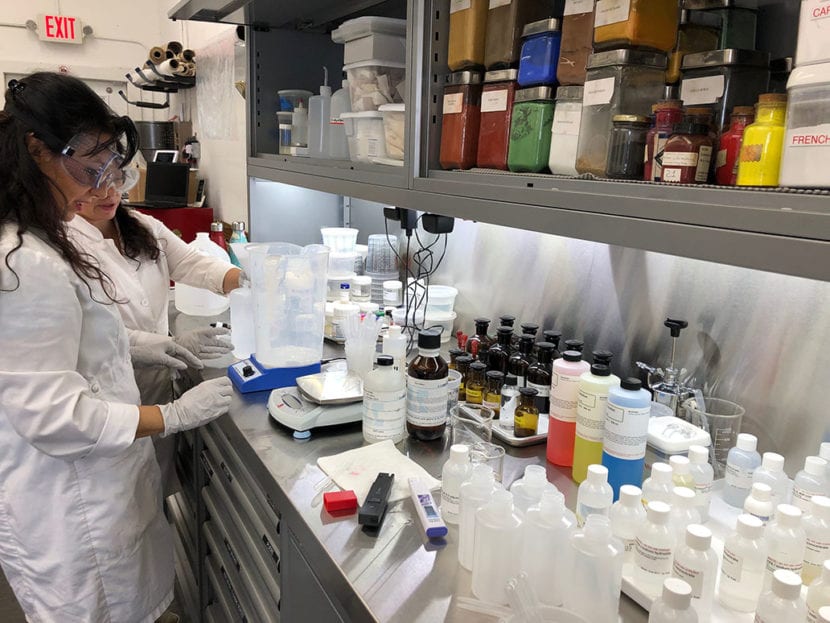In the art world, there are many terms and phrases that are often confused. Even the most avid art enthusiasts may use one term when they intended to use another. While confusing shadows for shading or using the term classic instead of classical may be an embarrassing faux pas in a gallery setting, it’s a rather harmless mistake. There are, however, some terms that can have more serious consequences when confused.
The most frequently mistaken terms are art conservation and art restoration. Though these two terms are often interchanged, there are many differences between them. While they both deal with improving the look of artwork, restoration and conservation have very different ways of approaching the way artwork is treated and restored. When a person looking to have their artwork restored gets these terms confused, they could be putting their prized artwork in the wrong hands.
By understanding the difference between art conservation and art restoration, owners can make a more educated decision about the type of work they would like done to their art. The following will help to explain the three main differences between art conservation and art restoration and clear up any misconceptions about these two fields of work.
1. Differing Definitions and Focus
The largest difference between conservation and restoration can be found in their varying definitions. Where importance is placed in terms of working on the piece varies greatly. While there may be some overlap, with some restorers using methods like a conservator’s, and vice versa, there are generally notable differences between the two practices.
So, what is the real difference between conservation and restoration?
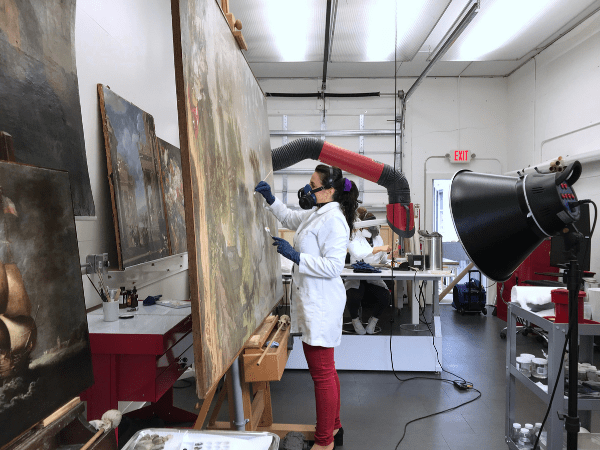
The conservation of artwork focuses on preserving the original work. Conserving artwork involves cleaning, repairing, and, oftentimes, removing old restoration attempts. Conservators are dedicated to making sure that art is preserved for generations to come and believe that the look of the artwork comes second to its preservation. A conservator works tirelessly to ensure the original piece keeps its original form and it can be enjoyed as the artist intended upon its creation. Here, you will find examples of professional art conservation projects.
The restoration of artwork, on the other hand, involves the work put into restoring a piece back to its original appearance or function. This means that restoration focuses primarily on aesthetics rather than its original form. Some restorers may not consider the long-term, damaging effects of using certain materials on a piece. While some restorers may be concerned with making sure the materials they use are reversible or will age in the same way at the same rate as the rest of the piece, this is not always the case.
2. Varying Certification and Training Requirements
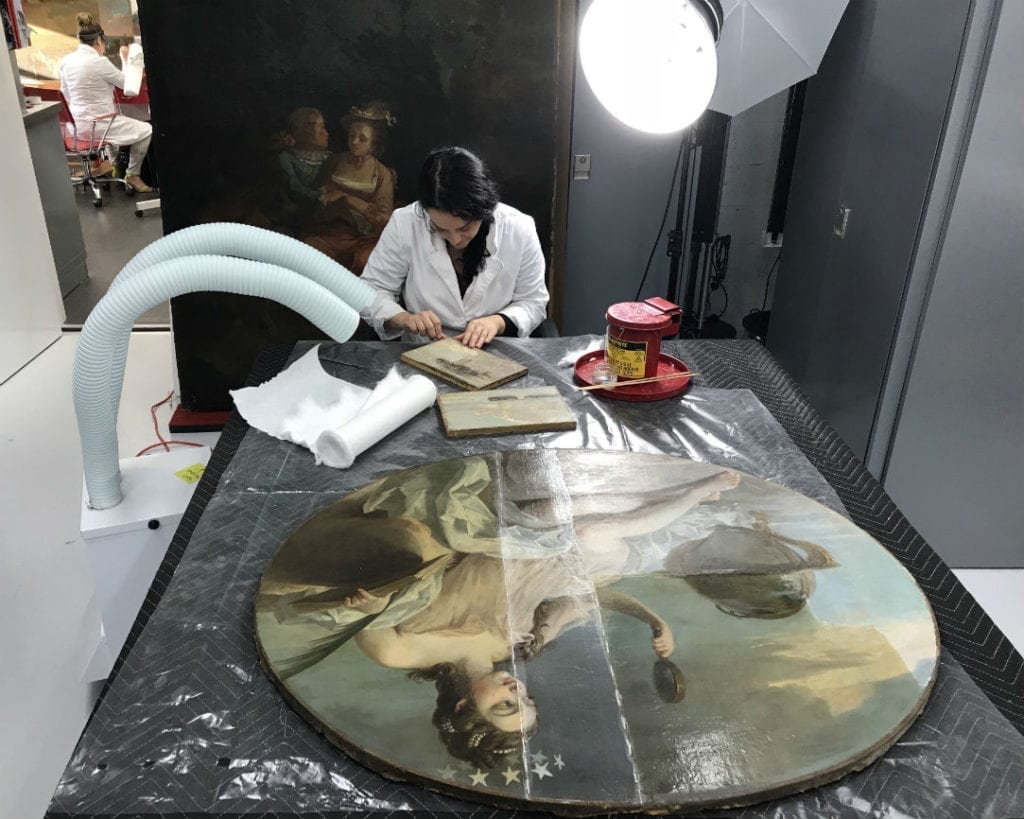
Another big difference between art conservation and art restoration is the level of training required. While it is true that education and certifications may not be the best measure of ability, it is certainly more comforting to put something as important as fine art in the hands of a trained and certified conservator. When it comes to art conservation and art restoration, there is a stark difference in education, training, and certifications that are required.
Conservators are required to complete rigorous training and certifications before they can be certified as conservators. Most conservators will complete postgraduate training that covers many different fields that may relate to the conservation of artwork. Courses such as art, history, archaeology, chemistry, and many more are taken to make sure the conservator has a wealth of knowledge about their craft. In addition to these courses, many conservators have certifications in certain techniques or conservation methods. Art conservators also choose a specialty in art conservation and focus on their specialized medium, which includes everything from wooden artifacts, paintings, textiles and everything in between.
Unlike art conservators, art restorers are not required to have any special training or certifications. The extent of a restorer’s formal training is usually limited to studying under another art restorer. Most restorers are skilled artists, capable of improving the overall look of a piece, but some may lack the in-depth knowledge to ensure the piece isn’t irreparably damaged during the restoration process. Because of the lack of certifications required to become an art restorer, it is incredibly important to choose the right restorer by asking for their experience, references, and a portfolio of past works.
3. Contrasting Core Values and Methods
As mentioned previously, conservation focuses primarily on preserving the piece while restoration focuses on improving its appearance. Though it may seem like, for less important pieces, simply improving the look of the piece, and not considering preservation, is a viable option, this issue of preservation versus appearance goes much deeper. An art conservator’s top concern is ensuring that the integrity of the original piece remains. The piece undergoes minimal, if any, irreversible changes during the conservation process. By avoiding permanent changes, any work done by the conservator can be undone in the future if the need arises. The ability to reverse a conservator’s work ensures that the original work remains unchanged and the artist’s vision for the piece isn’t compromised. Furthermore, with art conservation aesthetic enhancements are usually done with more consideration for the original piece and its artist.
An art restorer’s concern is the look of the piece. If there are, for example, areas of missing paint on a painting, rather than using materials that can be easily removed and are best suited for the piece, the restorer will usually use the materials they are familiar with without deep consideration for the individual piece. Art restored by restorers using their preferred material rather than considering its removability or its longevity may require additional restorations in the future.
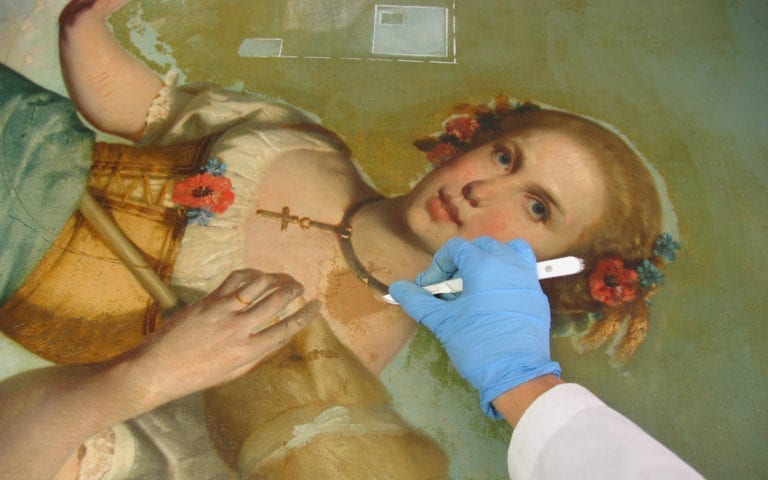
Give Artwork a New Life with Art Conservation
Choosing a certified art conservator will ensure that original works of art and the artist’s or maker’s vision for the piece is maintained for years to come. Owners with beloved pieces of art who are concerned with not only the look and condition of their piece but also the historical and cultural integrity will find that an art conservator is the best fit for maintaining and improving their piece of art.
Reputable conservators can assess the work a piece needs, preserve the piece, and bring it back to its original beauty, all while considering its unique composition and respecting the artist’s intentions. Whether art owners have a painting that needs to be cleaned, a sculpture that needs to be reassembled, or an artifact that needs to be repaired, finding the right art conservator will give their piece a new lease on life and allow it to be enjoyed by future generations.
Barbara Stella, our chief art conservator, is a certified professional associate of the American Institute for Conservation. Considering our meticulous and informed approach to art conservation, Stella Art Conservation has gained an international reputation for excellence and receives art conservation and restoration works from throughout North America and Europe.

